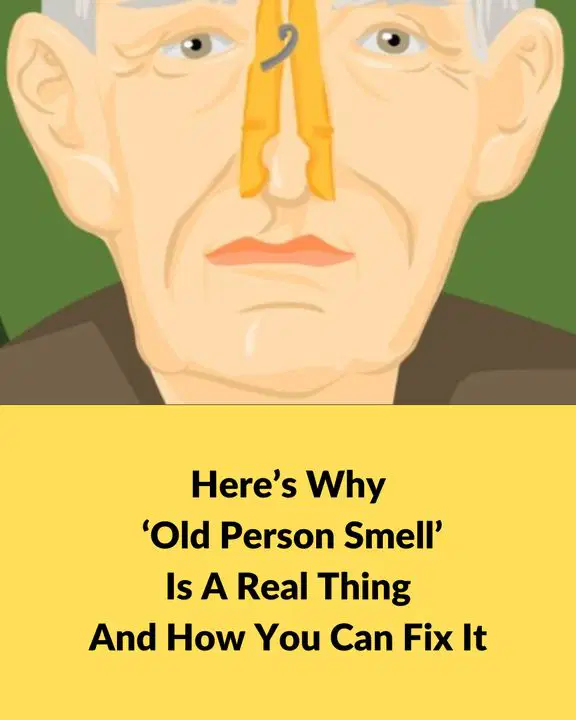As we age, our bodies go through many changes, and one of the less discussed aspects is a distinct body odor often called “old person smell.” While it might sound like a stereotype, this phenomenon is real and has been studied by scientists. The good news? There are ways to manage it effectively.
The odor is linked to a compound called 2-nonenal, which increases as we get older. Hormonal changes cause the skin to produce more fatty acids, and as antioxidant levels decline, these acids oxidize, producing nonenal. This compound can linger on the skin and clothing, even after washing.
It’s important to understand that this smell isn’t necessarily a sign of poor hygiene. It’s a natural part of aging. However, factors like dehydration, infrequent laundry, and confined spaces can make the odor more noticeable. Illnesses and certain medications may also contribute.
Interestingly, humans might have an innate ability to detect this scent. Some researchers believe it could be tied to an evolutionary trait that helps us assess age and health through smell, similar to how animals use scent to gather information.
In Japan, where the odor is known as kareishu, there’s a market for products designed to combat it. Ingredients like persimmon are said to neutralize the smell effectively. But you don’t need specialized products to make a difference. Simple lifestyle changes, such as exercising regularly, eating a balanced diet, staying hydrated, and washing clothes often, can help manage the odor.
Aging is a natural and inevitable process, and while some changes may be challenging, they don’t diminish the value of older adults. By understanding the science behind “old person smell,” we can approach it with empathy and take practical steps to address it.


